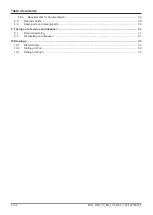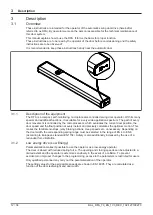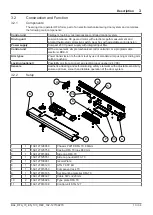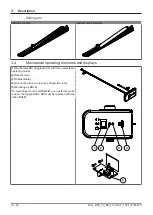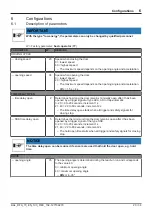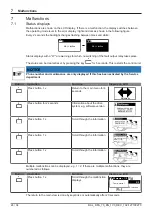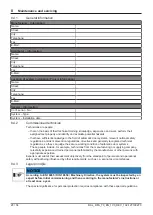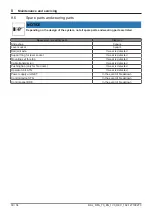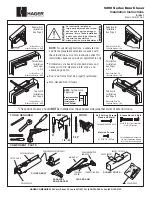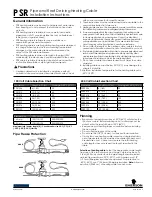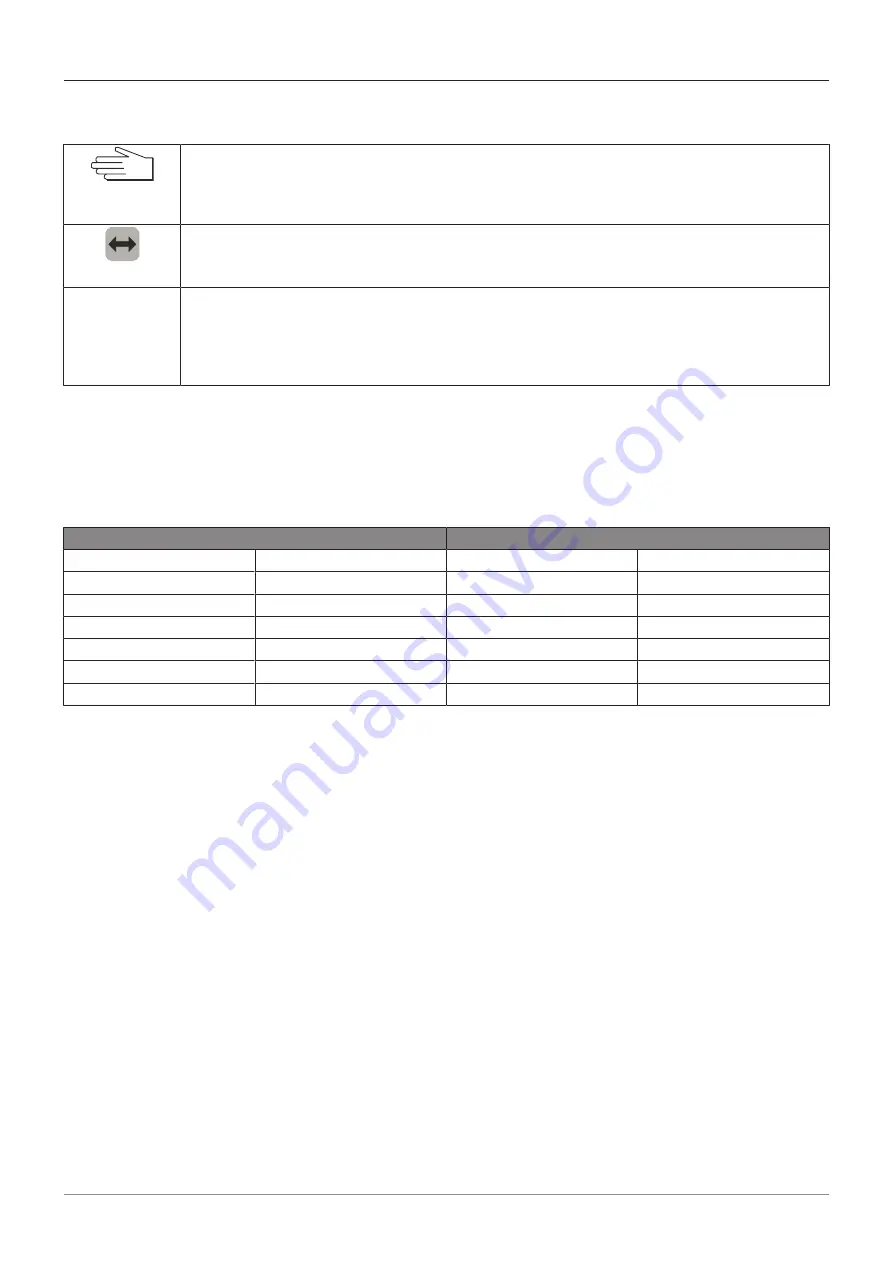
Description
3
BAL_DFA_70_EN_1V0_REC_102-127109270
17 / 34
3.4.1
Mechanical BDI (control toggle switch)
The following operational modes can be set up with the 3-position toggle switch:
Manual operation
In this operating mode, the DFA functions like a mechanical door closer. The door can be
opened easily by hand and closes again independently. The behavior of the connected release
and safety devices is determined by the configuration.
Automatic
The door opens and closes automatically, either by an activated release device or by tapping the
door when the automatic jog function is switched on.
Continuously open
The door opens and remains in the open position. If an obstacle is in the way during opening, the
DFA tries five more times within a few seconds to bring the door into the learned "Open"
position. If the obstacle remains, the current position is temporarily adopted as the permanently
open position (fault 9 Open unsuccessful is displayed).
The mechanical BDI is always active ex works. If an electronic BDE-D is also connected, the
operating mode is determined by the BDE with the operating mode in highest priority via a defined
priority structure.
For the operating mode, the priority and code of the following table apply, where BDE1 (S1) and
BDE2 (S2) represent the two STG input terminals (→ J7/1 + J7/2, print BDE-M) for the mechanical
BDE:
(L = Interruption or 0V, H = +24V)
Mechanical BDI (toggle switch)
Electronic BDE-D
BDE2 (S2)
BDE1 (S1)
Function
Priority
(1=highest)
Locked
1
One-Way
2
L
H
Continuously open
3
H
L
Manual
4
L
L
Automatic
5
The BDE-D indicates the current operating mode.
If an operating mode that has no current priority is set on the BDE-D, status message 62 is displayed.
3.4.2
Reset-Button
After pressing this button for at least 5 seconds, a control unit reset is generated.
3.4.3
Status indication
– Remains off if no fault is present.
– Blinks if a fault is present (see chapter
Status and fault signals BDE-D
)


